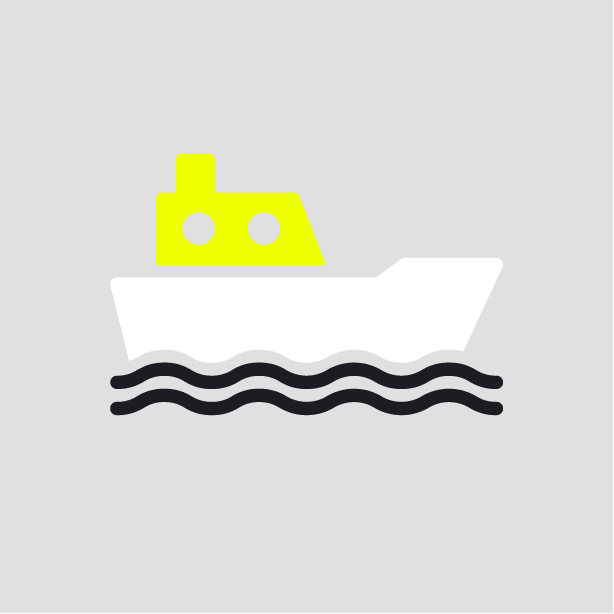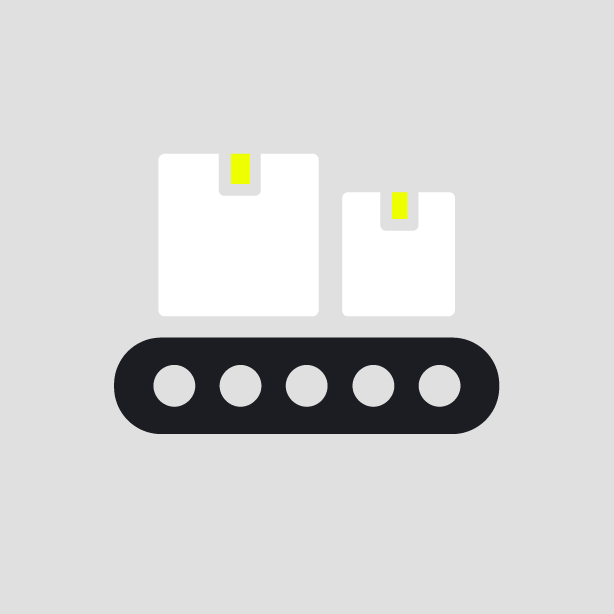-
What happened?
A crew transfer vessel (CTV) left port at 8:00 (daylight) to perform offshore personnel transfer and was sailing at slow speed in the channel (around 7 knots) at constant heading.
CTV left the channel and increased speed up to 20 knots at constant heading.
Approaching North Cardinal buoy, Assistant Bosun (AB) saw a pleasure craft cruising in the direction of the CTV.
AB immediately alarmed the CTV Master and asked passengers to “hold on.”
The Master immediately reversed power to stop the CTV but couldn’t avoid collision.
The pleasure craft collided with the CTV on her port side, resulting in damages to the pleasure craft and minor injury to the pleasure sailor.
No damage has been reported to the CTV, and no injury has been reported to the CTV crew and passengers.
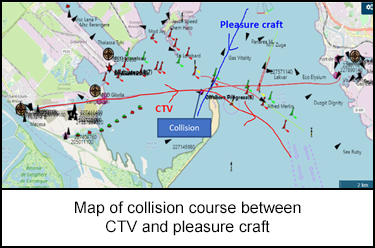
-
Why did it happen?
Pleasure craft did not follow navigation International Regulations for Preventing Collisions at Sea (COLREGs) or Règlement International pour Prévenir les Abordages en Mer (RIPAM) (French equivalent of COLREGs) rules.
The pleasure craft was not equipped with an Automatic Identification System (AIS) and radar to have view and be visible on marine traffic navigation screens.
The CTV speed was not appropriate (too fast).
The CTV crew was dazzled by the raising sun.
The CTV radar warning system was not active.

-
What did they learn?
Actions:
- Share incident learnings to all CTV and increase awareness of collision hazards.
- Reduce speed in transit to max 10 knots.
- Installation of anti-dazzling sun visor.
- Activate area intrusion alarm on the radar.
Lessons learned:
- The radar system must be always switched-on during navigation.
- The master must adapt his navigation according to external conditions (sunrise, sunset, nighttime, etc.)
- The master must adapt the speed to the navigation condition, especially with passengers on board.
- Respect international regulations for preventing collisions at sea (COLREG / RIPAM in France)
- Ensure guidelines for safe navigation with restricted visibility are known by the crew.
- Ensure crew is always in constant supervision and keep watch on the bridge.
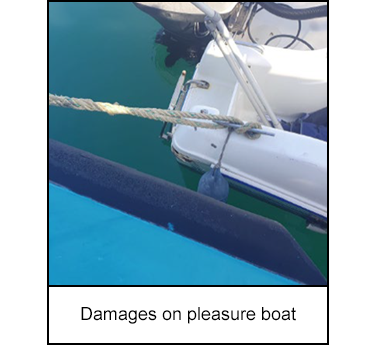
-
Ask yourself or your crew
How can something like this happen here (e.g. on our site)?
What safety measures (i.e. procedures, controls/barriers) do we have in place to mitigate the risk?
How do we know the risk controls/barriers are working?
What improvements or changes should we make to the procedures, controls/barriers, or the way we work?
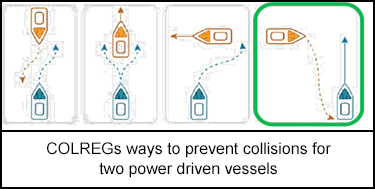
Add to homescreen
Content name
Select existing category:
Content name
New collection
Edit collection
What happened?
A crew transfer vessel (CTV) left port at 8:00 (daylight) to perform offshore personnel transfer and was sailing at slow speed in the channel (around 7 knots) at constant heading.
CTV left the channel and increased speed up to 20 knots at constant heading.
Approaching North Cardinal buoy, Assistant Bosun (AB) saw a pleasure craft cruising in the direction of the CTV.
AB immediately alarmed the CTV Master and asked passengers to “hold on.”
The Master immediately reversed power to stop the CTV but couldn’t avoid collision.
The pleasure craft collided with the CTV on her port side, resulting in damages to the pleasure craft and minor injury to the pleasure sailor.
No damage has been reported to the CTV, and no injury has been reported to the CTV crew and passengers.

Why did it happen?
Pleasure craft did not follow navigation International Regulations for Preventing Collisions at Sea (COLREGs) or Règlement International pour Prévenir les Abordages en Mer (RIPAM) (French equivalent of COLREGs) rules.
The pleasure craft was not equipped with an Automatic Identification System (AIS) and radar to have view and be visible on marine traffic navigation screens.
The CTV speed was not appropriate (too fast).
The CTV crew was dazzled by the raising sun.
The CTV radar warning system was not active.

What did they learn?
Actions:
- Share incident learnings to all CTV and increase awareness of collision hazards.
- Reduce speed in transit to max 10 knots.
- Installation of anti-dazzling sun visor.
- Activate area intrusion alarm on the radar.
Lessons learned:
- The radar system must be always switched-on during navigation.
- The master must adapt his navigation according to external conditions (sunrise, sunset, nighttime, etc.)
- The master must adapt the speed to the navigation condition, especially with passengers on board.
- Respect international regulations for preventing collisions at sea (COLREG / RIPAM in France)
- Ensure guidelines for safe navigation with restricted visibility are known by the crew.
- Ensure crew is always in constant supervision and keep watch on the bridge.

Ask yourself or your crew
How can something like this happen here (e.g. on our site)?
What safety measures (i.e. procedures, controls/barriers) do we have in place to mitigate the risk?
How do we know the risk controls/barriers are working?
What improvements or changes should we make to the procedures, controls/barriers, or the way we work?

A crew transfer vessel (CTV) collided with a pleasure craft while performing an offshore personnel transfer, resulting in damages to the pleasure craft and minor injury to its sailor. The CTV sustained no damage, and its crew and passengers were unharmed.









